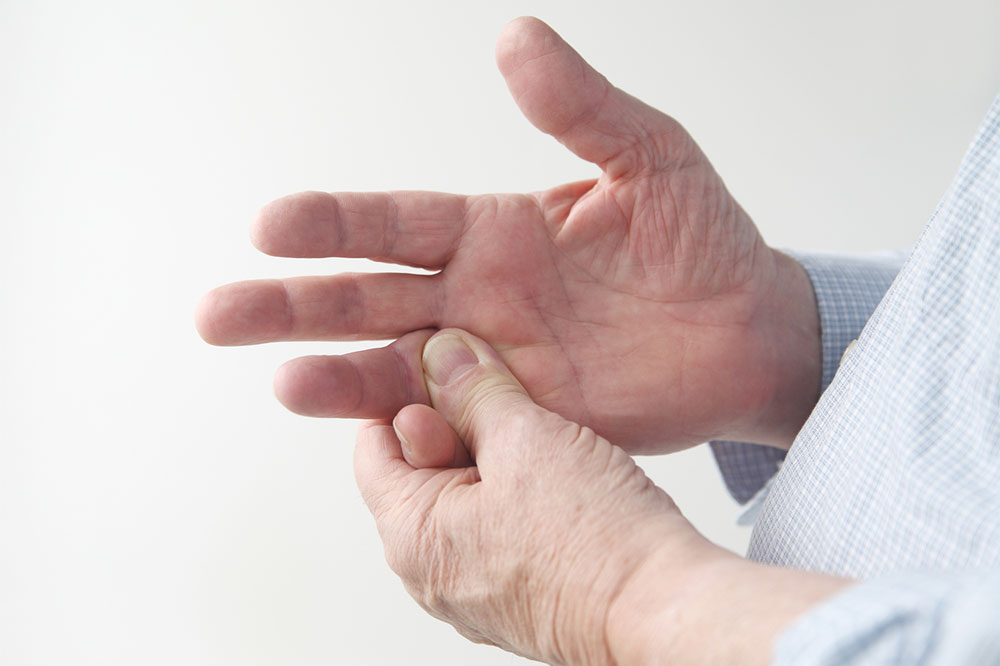8 babysitter red flags every parent should know

Taking care of a child is a full-time job. And when you are a working parent, it becomes more difficult to split time between work and home. It is one of the reasons why you hire professional help to take care of the child’s needs. But not all nannies and babysitters check across the board. So here are eight warning signs to look out for and catch any red flags that might impact the child’s routine.
The child is afraid
Often, young children develop a bond with the babysitter that is different from what they have with their parents. So, there are telltale signs for you to figure out how the babysitter is going about their routine. For instance, if the child seems afraid, anxious, or withdrawn or is very rigid in their behavior around the babysitter, the sitter may not have the right attitude or chemistry with the child.
The sitter is secretive about their routine
If the sitter is giving you vague answers about the child’s routine and cannot provide details, chances are they are following a routine that they don’t want you to figure out. This is a red flag that the sitter is not paying enough attention to the child.
The child is showing signs of hunger and tiredness
If the sitter neglects to follow a proper routine or your specific instructions, for that matter, the child will be impacted. Children might feel hungry or extremely tired because they missed their meals or nap time during the day.
The child looks unkept
Bathing, feeding, and cleaning are among the primary tasks the sitter must do to ensure the child is healthy and well-kept day and night. So if their clothes smell or their nappies are not being changed regularly, and they develop a rash, you should realize that the sitter is not paying attention.
The babysitter or nanny is tardy
Showing up late for work, leaving before time, and requesting too many holidays are all red flags you should take notice of. These signs of unprofessional behavior will impact both the child’s and your routine. It would be best to know the person who will care for the child.
Your nanny or babysitter denies the request
It is not simply enough that the nanny takes care of the baby’s routine. They must also be willing to take upon specific requests that might be outside their comfort zone. For example, showing resistance or reluctance to pick up such requests is a red flag you should pay attention to. Therefore, both caregivers must set priorities straight for the baby’s sake.
The child has been in multiple mishaps
Children tend to get injured when they are exploring in and about the household. But if there have been multiple instances where the child has been injured beyond a few bumps and bruises, the babysitter is not paying attention to what the child has been doing.
The nanny or babysitter criticizes your parenting skills
You and the babysitter are on the same team. But there will be times when you might disapprove of the daily routine set for the baby. If the nanny is unwilling to adapt and questions your parenting skills or motive, that should be addressed immediately.







